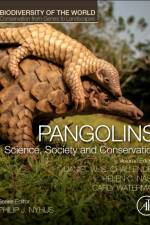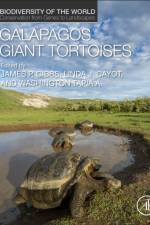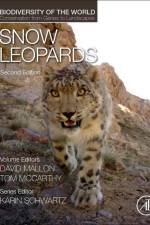- Science, Society and Conservation
1 145
Pangolins: Science, Society and Conservation brings together experts from around the world to document the most up-to-date scientific knowledge on pangolins and their conservation. It chronicles threats facing the species, explores the current initiatives required to protect them, and looks ahead at the future of pangolin science and conservation efforts. Led by a team of editors with more than 20 years collective experience in pangolin conservation, this book includes accounts of the species' evolution, morphology, and systematics. It discusses the role of pangolins in historically symbolic, mythological, and ritualistic practices across Africa, Asia, and Europe, as well as contemporary practices including international trafficking. Chapters in the latter portion of this book focus on conservation solutions, including law enforcement and international policy, behavior change, local community engagement, ex situ conservation, tourism, and other interventions needed to secure the future of the species. Pangolins: Science, Society and Conservation is the latest volume in Elsevier's species-specific series, Biodiversity of the World: Conservation from Genes to Landscapes. This book is a valuable resource for researchers and students in species conservation science, planning, and policymaking.



